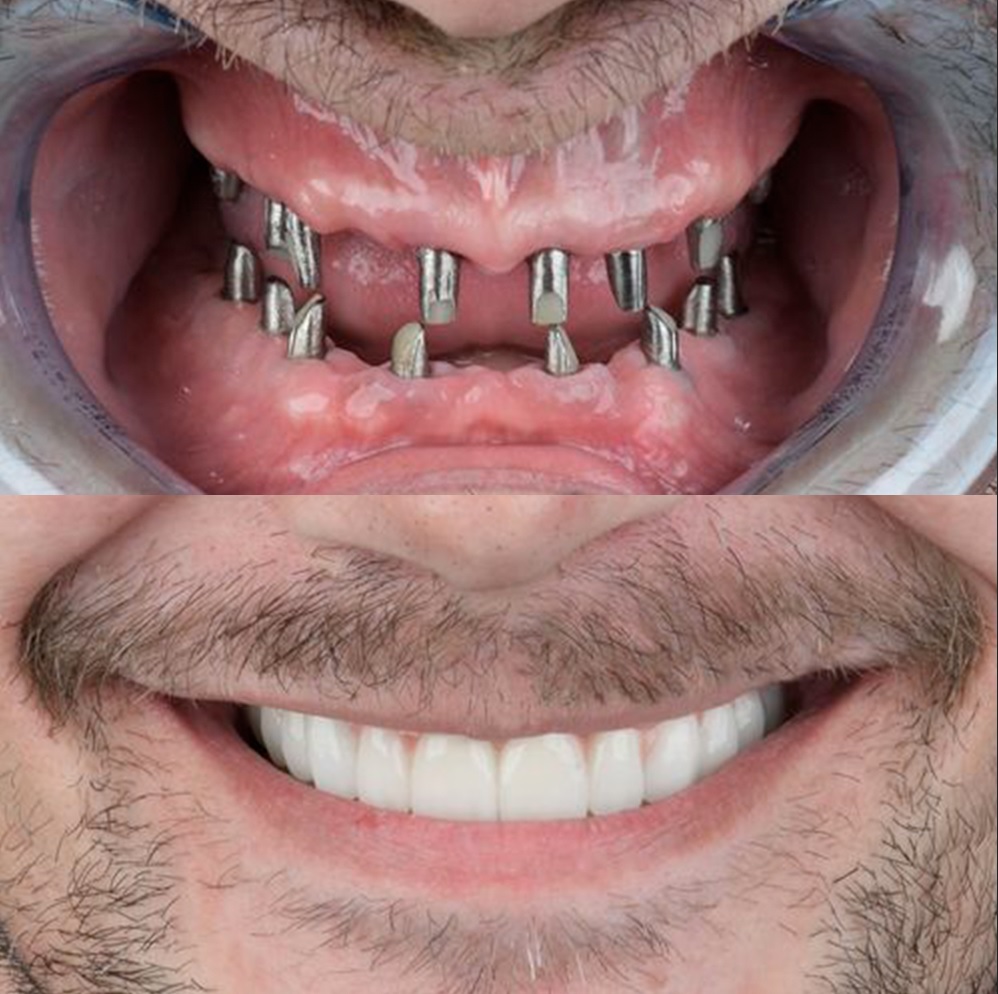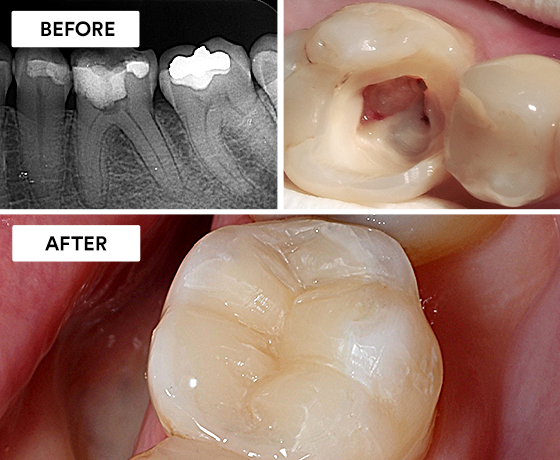do they put you under for a root canal

A root canal is a common dental procedure aimed at saving a tooth that is badly decayed or infected. Despite its prevalence, many patients have concerns about the pain and discomfort associated with it. One of the most frequently asked questions is, “Do they put you under for a root canal?” Understanding the types of anesthesia and sedation available, along with the procedure itself, can help alleviate fears and make the experience more manageable.
Understanding the Root Canal Procedure
A root canal involves removing the infected or damaged pulp from inside the tooth, cleaning and disinfecting the inner chamber, and then filling and sealing it. This process is essential to prevent further infection and save the tooth from extraction. Here’s a step-by-step overview of the procedure:
- Diagnosis and Preparation: The dentist or endodontist (a specialist in root canal therapy) will take X-rays to determine the extent of the infection or damage. Based on this assessment, they will decide on the best course of action.
- Anesthesia: Local anesthesia is typically administered to numb the tooth and surrounding area. This ensures that the patient does not feel pain during the procedure.
- Accessing the Pulp: The dentist will create an opening in the crown of the tooth to access the pulp chamber.
- Removing the Pulp: The infected or damaged pulp is carefully removed using specialized instruments.
- Cleaning and Shaping: The inner chamber is cleaned and shaped to prepare it for filling.
- Filling the Chamber: The cleaned chamber is filled with a biocompatible material called gutta-percha. This material seals the space to prevent future infections.
- Sealing the Tooth: The access hole is sealed with a temporary or permanent filling. In most cases, a crown is recommended to protect the tooth from fractures and restore its function.
Types of Anesthesia and Sedation
The question, “Do they put you under for a root canal?” largely depends on the patient’s needs and preferences, as well as the dentist’s recommendations. Here are the main types of anesthesia and sedation used in root canal therapy:
Local Anesthesia
Local anesthesia is the most common form of anesthesia used for root canal procedures. It involves injecting a numbing agent, such as lidocaine, directly into the area around the tooth. This ensures that the patient does not feel pain during the procedure. Local anesthesia is typically sufficient for most patients, as it effectively numbs the tooth and surrounding tissues.
Nitrous Oxide (Laughing Gas)
Nitrous oxide, commonly known as laughing gas, is an inhaled sedative that helps patients relax during dental procedures. It is administered through a mask placed over the nose. Nitrous oxide can be used in conjunction with local anesthesia to help reduce anxiety and make the experience more comfortable. The effects of nitrous oxide wear off quickly, allowing patients to resume normal activities shortly after the procedure.
Oral Sedation
Oral sedation involves taking a sedative medication, such as diazepam or triazolam, before the procedure. This type of sedation helps to relax patients and reduce anxiety. Oral sedation can range from mild to moderate, depending on the dosage. Patients remain conscious but may feel drowsy and have a reduced sense of awareness. It is often used in combination with local anesthesia.
Intravenous (IV) Sedation
IV sedation involves administering a sedative directly into the bloodstream through an IV line. This type of sedation provides a deeper level of relaxation and is often used for patients with severe dental anxiety or those undergoing complex procedures. Patients remain conscious but are in a state of deep relaxation and may not remember much of the procedure. IV sedation requires monitoring by a trained professional and is typically used alongside local anesthesia.
General Anesthesia
General anesthesia is the deepest form of sedation, rendering the patient completely unconscious. It is rarely used for root canal procedures due to the risks and complexities involved. General anesthesia is typically reserved for extensive surgical procedures or patients with specific medical conditions that necessitate it. If general anesthesia is deemed necessary, the procedure will likely be performed in a hospital setting with an anesthesiologist present.
Factors Influencing the Choice of Anesthesia
Several factors can influence the choice of anesthesia for a root canal procedure. These include:
Patient Anxiety
Dental anxiety is a common concern, and some patients may have a heightened fear of dental procedures. For these individuals, sedation options such as nitrous oxide, oral sedation, or IV sedation can provide a more comfortable and stress-free experience. Discussing anxiety levels with the dentist can help determine the most appropriate sedation method.
Medical History
A patient’s medical history plays a crucial role in determining the type of anesthesia used. Certain medical conditions or medications may contraindicate the use of specific sedatives. A thorough review of the patient’s health history ensures that the chosen method is safe and effective.
Complexity of the Procedure
The complexity and duration of the root canal can also influence the choice of anesthesia. More complicated cases or multiple root canals performed in one visit may necessitate deeper sedation to keep the patient comfortable throughout the procedure.
Patient Preferences
Patient preferences and comfort levels are important considerations. Some patients may prefer to be fully aware during the procedure with only local anesthesia, while others may opt for deeper sedation to minimize awareness and discomfort.
Dentist’s Recommendations
The dentist’s experience and recommendations are crucial in determining the best anesthesia option. They will assess the patient’s needs, medical history, and the specifics of the procedure to provide a personalized approach.
Pros and Cons of Different Anesthesia Options
Understanding the advantages and disadvantages of each anesthesia option can help patients make informed decisions. Here is a comparison of the different types:
Local Anesthesia
Pros:
- Effectively numbs the tooth and surrounding area
- Allows patients to remain fully conscious
- Minimal recovery time
Cons:
- May not address anxiety or fear of the procedure
- Patients may still feel pressure or discomfort
Nitrous Oxide (Laughing Gas)
Pros:
- Provides relaxation and reduces anxiety
- Quick onset and wears off rapidly
- Safe and well-tolerated by most patients
Cons:
- Not suitable for all patients (e.g., those with respiratory issues)
- May not provide deep sedation for highly anxious patients
Oral Sedation
Pros:
- Reduces anxiety and creates a sense of relaxation
- Easy to administer (taken as a pill)
- Can be tailored to different levels of sedation
Cons:
- Patients need someone to drive them to and from the appointment
- May cause drowsiness and affect memory of the procedure
IV Sedation
Pros:
- Provides a deeper level of sedation
- Rapid onset and adjustable dosage
- Patients may not remember the procedure
Cons:
- Requires monitoring by a trained professional
- Patients need someone to drive them to and from the appointment
- Higher cost compared to other sedation methods
General Anesthesia
Pros:
- Renders the patient completely unconscious
- Eliminates pain and awareness of the procedure
- Suitable for patients with extreme anxiety or specific medical needs
Cons:
- Higher risk and complexity
- Requires an anesthesiologist and a hospital setting
- Longer recovery time and higher cost
Communicating with Your Dentist
Open communication with your dentist is essential when discussing anesthesia options for a root canal. Here are some tips for effective communication:
- Express Your Concerns: Clearly explain your fears, anxiety, and any past negative experiences with dental procedures. This helps the dentist understand your needs and recommend the best sedation option.
- Ask Questions: Don’t hesitate to ask questions about the procedure, the types of anesthesia available, and what to expect during and after the root canal. Understanding the process can help alleviate anxiety.
- Discuss Medical History: Provide a complete medical history, including any medications you are taking, allergies, and pre-existing conditions. This information is crucial for determining the safest anesthesia option.
- Explore All Options: Ask about all available anesthesia and sedation options, including their pros and cons. This helps you make an informed decision that aligns with your comfort level and medical needs.
- Consider a Second Opinion: If you have concerns about the recommended anesthesia, consider seeking a second opinion from another dentist or endodontist. This can provide additional perspective and reassurance.
Preparing for the Procedure
Proper preparation can help ensure a smooth and stress-free root canal experience. Here are some steps to take before the procedure:
Follow Pre-Procedure Instructions
Your dentist will provide specific instructions to follow before the procedure, especially if sedation is involved. These may include:
- Avoiding food and drink for a certain period before the appointment if sedation is planned.
- Arranging for a responsible adult to drive you to and from the appointment if sedation will be used.
- Taking any prescribed medications as directed.
Manage Anxiety
If you experience anxiety about the procedure, consider techniques to manage stress, such as:
- Practicing deep breathing exercises or meditation.
- Listening to calming music or guided relaxation recordings.
- Bringing a stress ball or other comfort item to the appointment.
Plan for Recovery
Depending on the type of anesthesia or sedation used, you may need some time to recover after the procedure. Plan to take it easy for the rest of the day and avoid strenuous activities. Arrange for someone to stay with you if you expect to be groggy or disoriented.
Aftercare and Recovery
Proper aftercare is essential for a successful recovery from a root canal procedure. Here are some tips to help you heal and protect your treated tooth:
Manage Pain and Discomfort
It’s common to experience some pain and discomfort after a root canal. Over-the-counter pain relievers, such as ibuprofen or acetaminophen, can help manage this. Your dentist may also prescribe pain medication if needed. Applying a cold compress to the outside of your cheek can help reduce swelling.
Follow Post-Procedure Instructions
Your dentist will provide specific aftercare instructions, which may include:
- Avoiding hard or chewy foods for a few days to prevent putting pressure on the treated tooth.
- Keeping the area clean by brushing and flossing gently around the treated tooth.
- Rinsing with warm salt water to soothe the area and promote healing.
Attend Follow-Up Appointments
It’s important to attend any scheduled follow-up appointments to ensure proper healing and to discuss the placement of a permanent restoration, such as a crown, if needed. Your dentist will monitor the treated tooth and address any concerns.
Protect Your Tooth
If a temporary filling was used, be careful not to dislodge it while eating or brushing. Avoid chewing on the treated side of your mouth until the permanent restoration is placed. A crown is often recommended to protect the treated tooth from fractures and restore its function.
Monitor for Complications
While complications are rare, it’s important to be aware of potential signs of problems, such as:
- Severe pain that does not improve with pain relievers.
- Swelling that worsens or spreads.
- Persistent or worsening sensitivity to hot or cold.
- Signs of infection, such as fever or a foul taste in your mouth.
If you experience any of these symptoms, contact your dentist promptly for evaluation and treatment.
Conclusion
The question, “Do they put you under for a root canal?” highlights a common concern about pain and discomfort during dental procedures. While general anesthesia is rarely used for root canals, various anesthesia and sedation options are available to ensure a comfortable experience. Local anesthesia, nitrous oxide, oral sedation, and IV sedation can all be tailored to meet individual needs and preferences.
By understanding the different types of anesthesia and their pros and cons, communicating openly with your dentist, and following proper preparation and aftercare guidelines, you can have a positive and stress-free root canal experience. Your dental health is an important investment, and with the right approach, you can maintain a healthy and functional smile without unnecessary anxiety.









